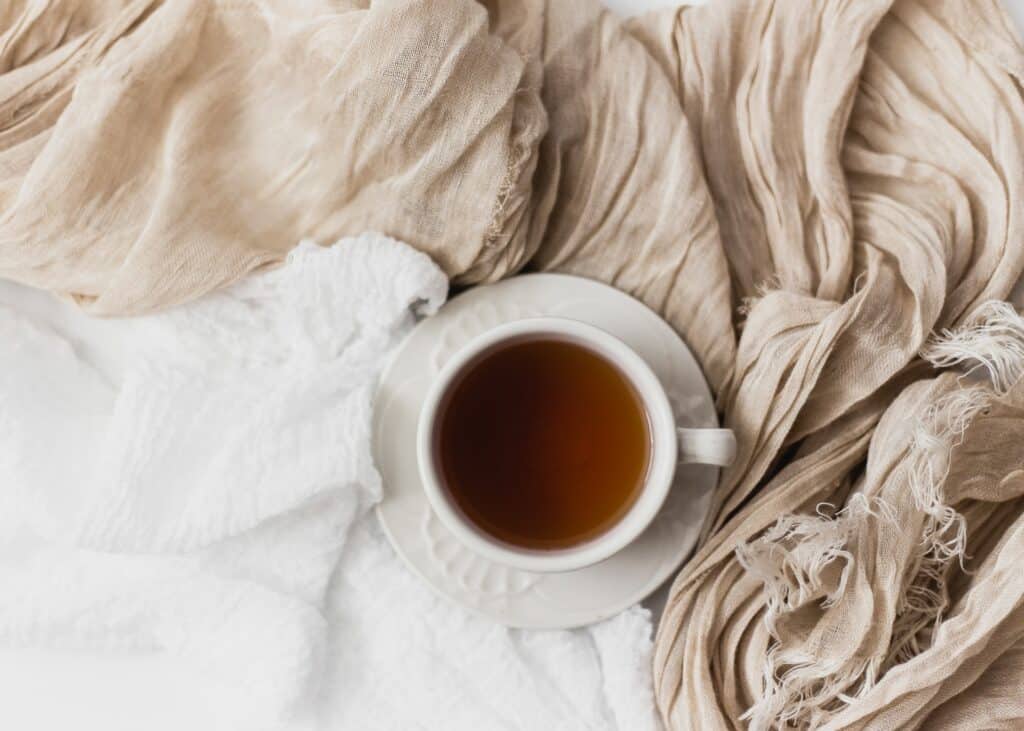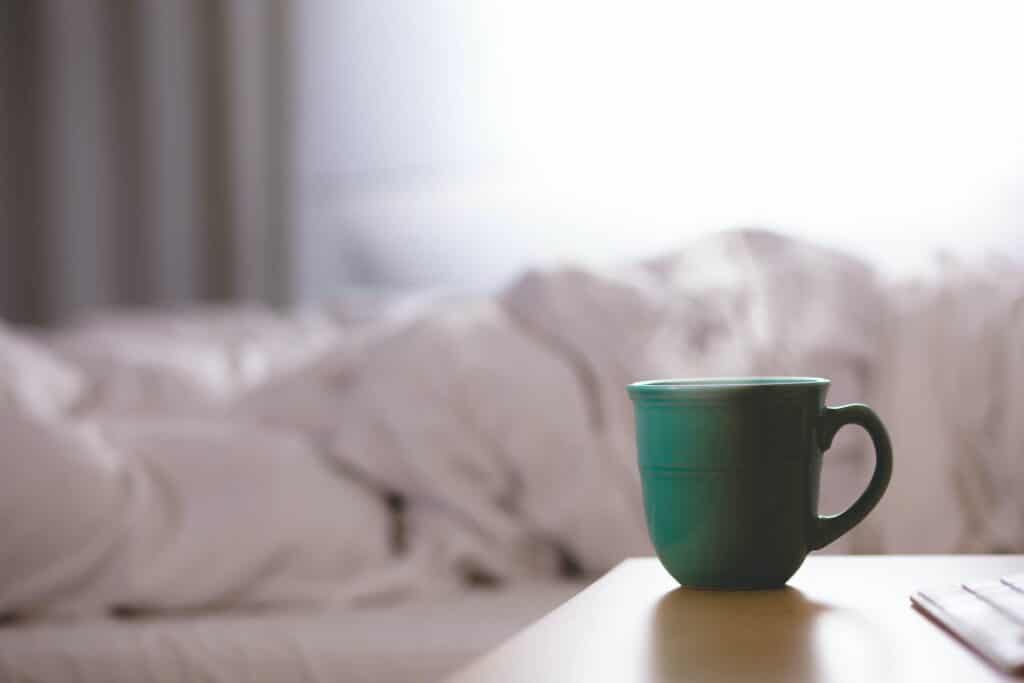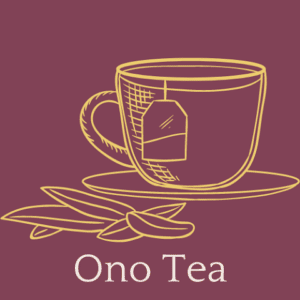Tea is a versatile beverage that you can enjoy in many different ways. However, if you love milk tea’s creamy and comforting taste, you might wonder what tea is good with milk.
There are so many kinds of tea that it can be hard to know which ones go well with milk. There are many options, from herbal tea to oolong tea and dairy-free milk alternatives like almond or oat milk.
In this guide, we’ll explore different options for creamy milk tea in detail, whether you prefer green tea, bubble tea, or coconut milk.
Is Adding Milk to Tea Beneficial?
Drinking tea aids in calorie burning improves digestion, and helps you relax. But what about adding milk to tea?
This practice has been controversial among tea lovers, with some believing it diminishes tea’s health benefits. However, research shows that adding milk to tea can enhance the beverage’s flavor and aroma.
The dairy and soy milk proteins bind with the tea, enriching the flavors and creating a creamy texture. About 1,813 billion liters of milk are added to tea every year, making it a common practice. In fact, adding milk to tea in India and the Middle East has been a long-standing tradition, often referred to as “kadak” or “chai.”
While many prefer to enjoy their loose-leaf tea without milk, adding milk to tea is a delicious way to enjoy it. From condensed milk to almond milk, there are plenty of milk tea recipes to try, including iced tea with a splash of milk.
So, next time you’re brewing a cup of tea, don’t be afraid to add a splash of milk and enjoy the rich and creamy flavor that it brings. Now, let’s look at some of the teas you can enjoy with milk.

5 Best Milk Teas With Recipes
1. British Tea
British tea is a quintessential milk tea that has become popular worldwide. The process of making this delicious tea is simple and requires a few key ingredients. You can use teas such as breakfast or Earl Grey, but other teas, like herbal tea, can also be used.
Other ingredients are milk, water, and sweeteners such as cube sugar or syrup. Use half a teaspoon of tea or a tea bag for a single cup, and double the amount for a teapot.
Boil the water to around 200 degrees Fahrenheit and pour it over the tea in the cup. You can add sweetener at this stage, but it’s optional. The final step is to add milk to your taste.
Adding milk is what makes British tea so unique and delicious. It helps to soften the strong flavor of black tea and creates a creamy texture that counters bitterness. You can choose any type of milk you like, such as dairy milk, almond milk, or oat milk. Just remember to add it at the end to avoid curdling the milk.
2. Boba Tea
Boba tea, or bubble tea, is a trendy beverage that has taken the world by storm. It combines tapioca pearls with milk, ice, and tea. The tapioca balls are chewy and give the drink its unique texture. People think that boba tea came from South Asia and Taiwan, but it is now popular all over the world.
The first step is to brew your tea using 100 ml of boiling water for 10 to 15 minutes. Stir your tapioca balls in a medium-sized heated pan with water (500 ml) to ensure they don’t stick. You can add sweetener at this stage, but it’s optional.
One of the best things about Boba Tea is that you can purchase tapioca balls in stores or make them at home. Making your tapioca balls allows you to experiment with different flavors and textures, making your boba tea unique. You can also customize your drink by using different types of tea or dairy-free milk alternatives.
Once the balls cool, put the mixture in a cup with the tea after adding ice, and stir well. Finally, add cold milk and any desired toppings, such as fruit or honey. To enjoy your Boba tea, use a boba straw, which is wider than regular straws. Boba is a delicious and refreshing drink and an experience you can enjoy with friends or alone.
3. Masala Chai
Masala chai, also known as masala tea, is a popular beverage in South Asian countries like India and Pakistan. This tea uses a unique blend of spices, giving it a distinct flavor and aroma. It is perfect for chilly evenings, monsoons, or a warm pick-me-up in the morning.
To prepare Masala Chai, boil water in a pan based on the number of cups you want to make. After that, add loose tea leaves, half a spoon of tea powder, or tea bags to the boiling water. When the water boils, add the spices, slightly crushed and coarse.
Next, add sugar or another sweetener according to your taste. Add milk, boil the mixture while stirring, and let it simmer until it thickens and a creamy layer forms on top. Turn off your stove when the creamy layer is visible on top. Pour the tea through a tea filter into a cup and enjoy it with snacks or biscuits.
Masala chai is a delicious and healthy alternative to regular tea or coffee. It has numerous health benefits due to its unique blend of spices. Additionally, the milk and spices in Masala Chai make it a great source of antioxidants and vitamins.
Check out: Is Tea Vegetarian?

4. Green Tea
Green milk tea is a popular and delicious beverage, although somewhat controversial. Matcha tea is a type of green tea that is popular with various preparing methods and toppings.
Mix one and a half tablespoons of matcha powder with warm water to prepare green milk tea until it dissolves. Add sweetener to the mixture based on your taste preference. Next, add whole milk for the best results, and stir well or use a shaker to mix them.
Once well mixed, pour it into a glass over ice cubes. You can add toppings, such as cream or boba if desired. Green milk tea is a delicious and unique way to enjoy matcha’s health benefits while indulging in a sweet treat. While the combination of milk and green tea may not be for everyone, it is worth trying if you are curious.
5. Hong Kong Milk Tea
Hong Kong milk tea, or pantyhose tea, is a popular sweet beverage you can enjoy hot or cold. This tea combines tea leaves, typically red and black, and evaporated or condensed milk. The tea is also known for its high caffeine content, which is equivalent to that of coffee.
To prepare Hong Kong milk tea, you will need tea leaves or tea dust, with orange pekoe being the most popular flavor. You must use half a teaspoon of tea for each cup. You will also need an infuser or strainer to hold the tea leaves while they steep.
Boil water to 200 degrees and pour it over the tea leaves in the infuser. Let the tea steep until it reaches the desired flavor and color. Once ready, remove the infuser and add condensed milk, approximately one-third of the cup. You can also add sweetener or honey if desired.
Hong Kong milk tea is a unique beverage you can enjoy anytime, especially during cold weather. It is a perfect choice for those who enjoy a sweet and creamy taste in their tea. With a few simple steps, you can enjoy this popular tea in the comfort of your home.
Choosing the Milk
There are many milk alternatives to choose from, and each affects the tea taste significantly. The most popular one is cow’s milk; however, this may not be the milk of choice if you are lactose intolerant on a plant-based diet. Here is how the different kinds of milk affect the taste of tea:
Cow’s milk: The proteins in cow’s milk bond with the tea and enhance its flavor.
Coconut Milk: Adds a creamy tropical flavor to the tea.
Nut milk (almond and cashew milk) imparts a nutty flavor to the tea.
Check out: Can You Put Coffee Creamer in Tea?
Frequently Asked Questions
1. What tea is good with milk?
The answer to which tea is best with milk depends on personal preference. However, some of the most popular teas that go well with milk are masala tea, boba tea, and British tea.
Masala tea is a perfect blend of tea, spices, milk, and sugar, while Boba tea is a trendy beverage with tapioca pearls. On the other hand, British tea is a classic that people enjoy with milk and sugar and is famous worldwide.
2. Does milk make your tea taste bad?
Milk does not make tea taste bad but rather enhances its flavors. Proteins in dairy and non-dairy milk bind with tea, enriching its flavor profile. In fact, adding milk to tea has been a long-standing tradition in countries such as India and the Middle East.
3. Can I make green tea with milk?
Yes, if made correctly, you can drink green tea with milk. Although adding milk to green tea is not a common practice, there is no scientific evidence it diminishes the health benefits.
However, it’s important to note that green tea has a delicate flavor profile, and adding milk might overpower its taste. If you add milk to your green tea, it’s best to use a small amount of low-fat milk.
4. Is jasmine tea good with milk?
Some people enjoy the combination of jasmine tea’s delicate floral aroma and milk’s creaminess. However, others prefer to drink jasmine tea without any additives. You can also add honey as a natural sweetener to add to the flavor and avoid using artificial sweeteners.
5. Can I put honey in milk tea?
Yes, you can use honey in milk tea if you want sweetness. Honey is a natural sweetener and a great alternative to artificial sweeteners.
Furthermore, it also offers health benefits such as antibacterial and antioxidant properties. You can add honey to various teas, including black, green, and herbal tea.
Bottom Line
In conclusion, adding milk to tea is a matter of personal preference and can enhance the flavors of certain teas. While some may argue that adding milk can diminish the health benefits of tea, there is no scientific evidence to support this claim.
We hope you found this article on what tea goes well with milk useful. The most popular types of tea to enjoy with milk include British tea, Masala chai, and Boba tea. The process of making milk tea is simple, and you can do it in just a few steps with limited ingredients.
So, feel free to experiment with different tea and milk combinations to find the perfect blend that suits your taste buds. Thank you for exploring the world of tea with us, and happy sipping!
Sources
- https://www.worldteanews.com/Features/tea-consumption-second-only-packaged-water
- https://integritea.org/tea-with-or-without-milk-tea-is-luxury-and-goodness-that-demands-a-little-respect-in-its-preparation/
- https://www.aicr.org/resources/blog/healthtalk-is-it-true-that-drinking-tea-with-milk-keeps-you-from-absorbing-the-healthful-substances-in-tea/

